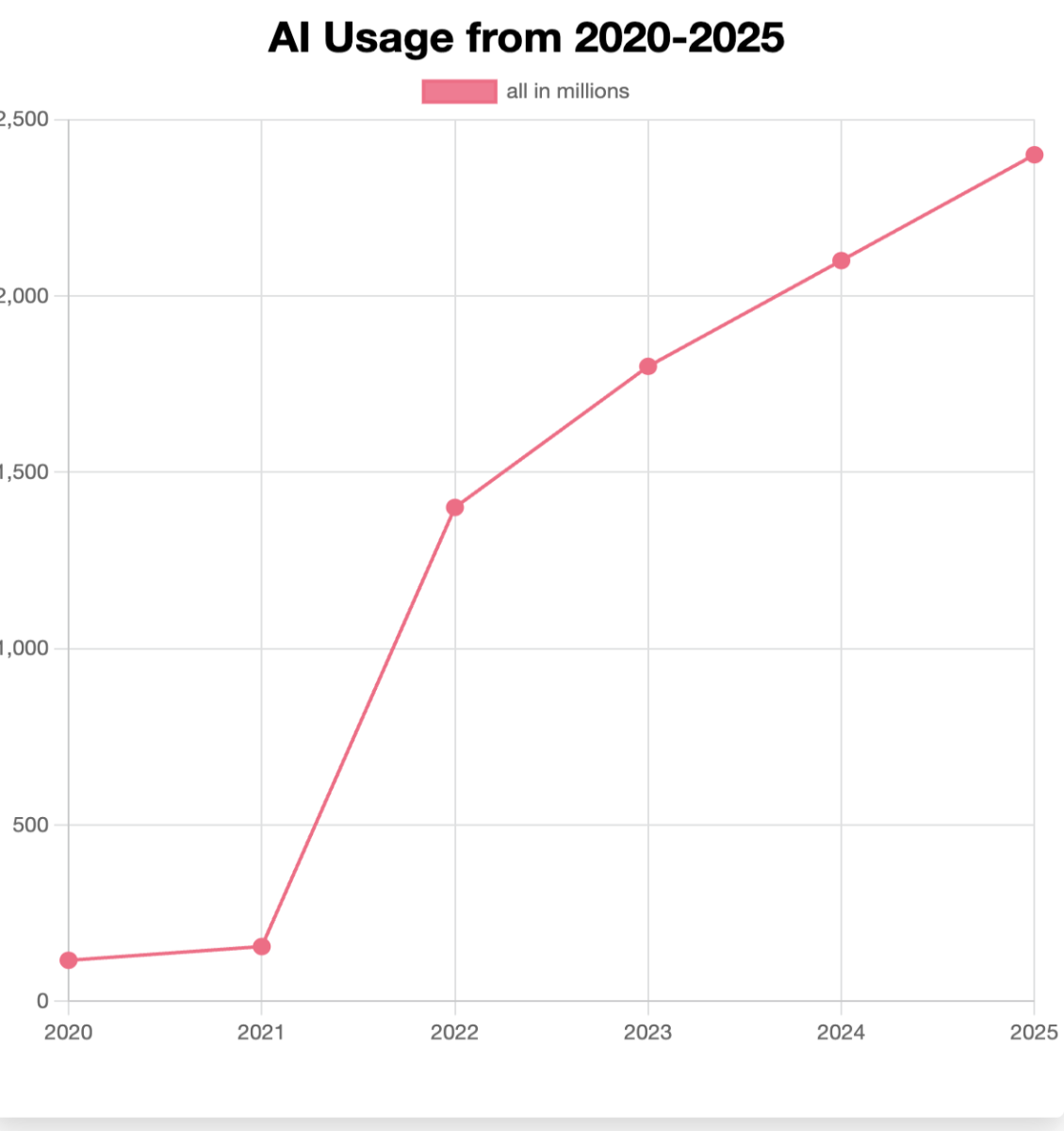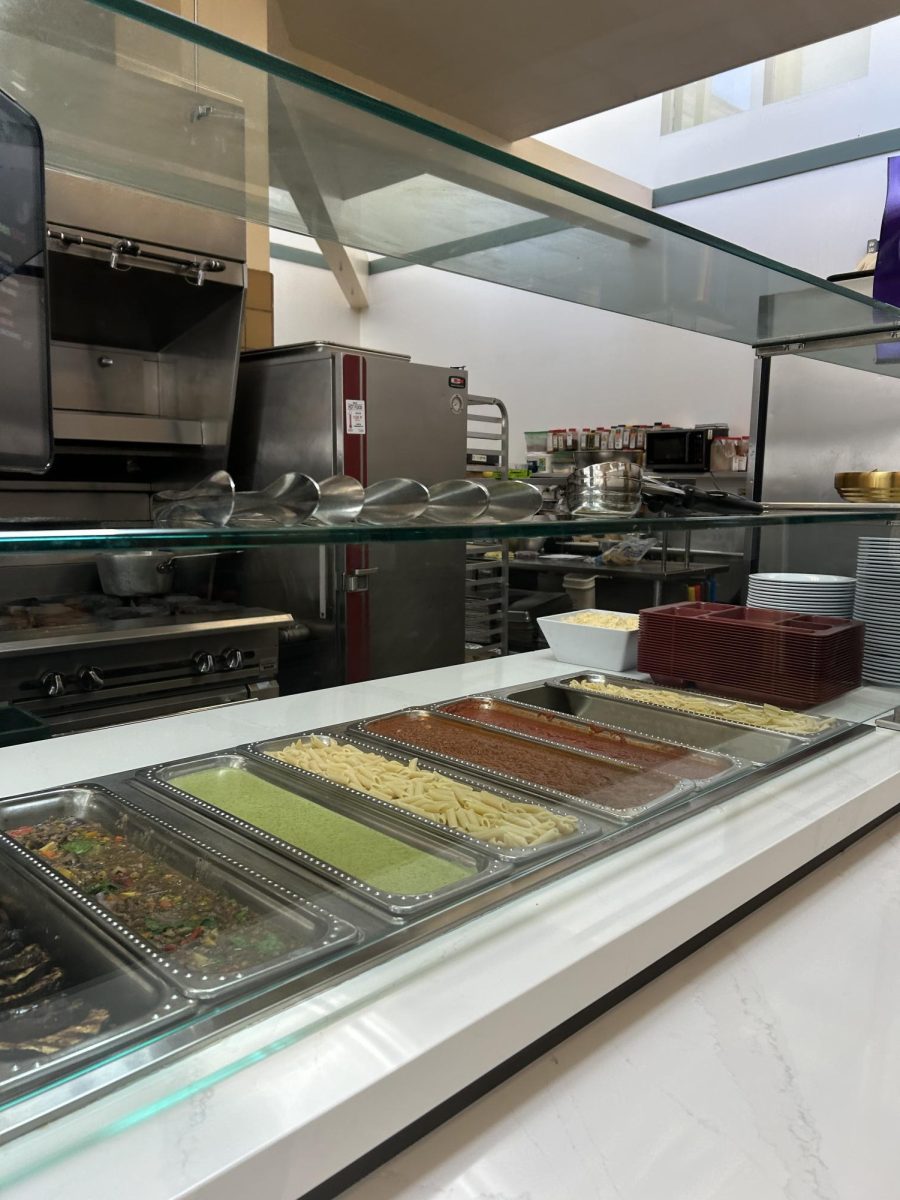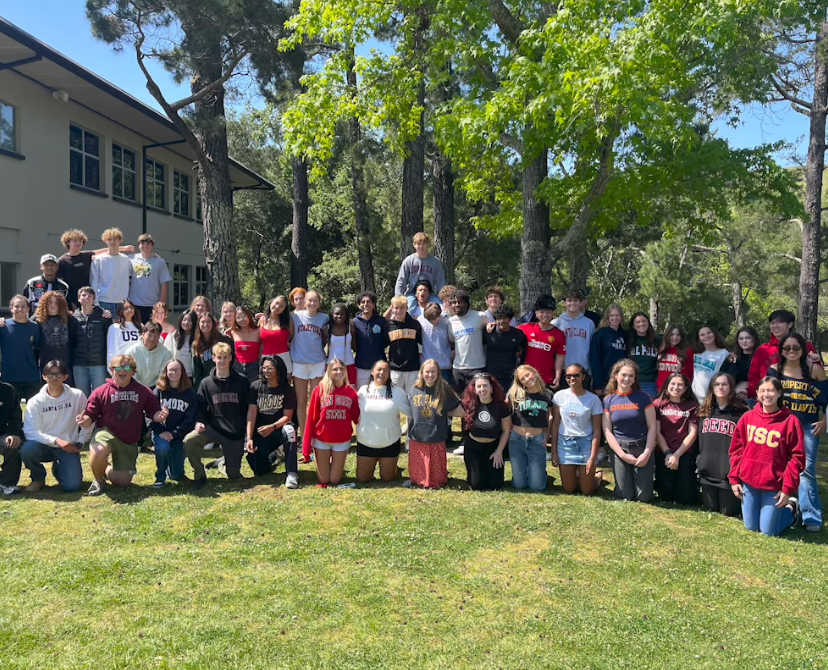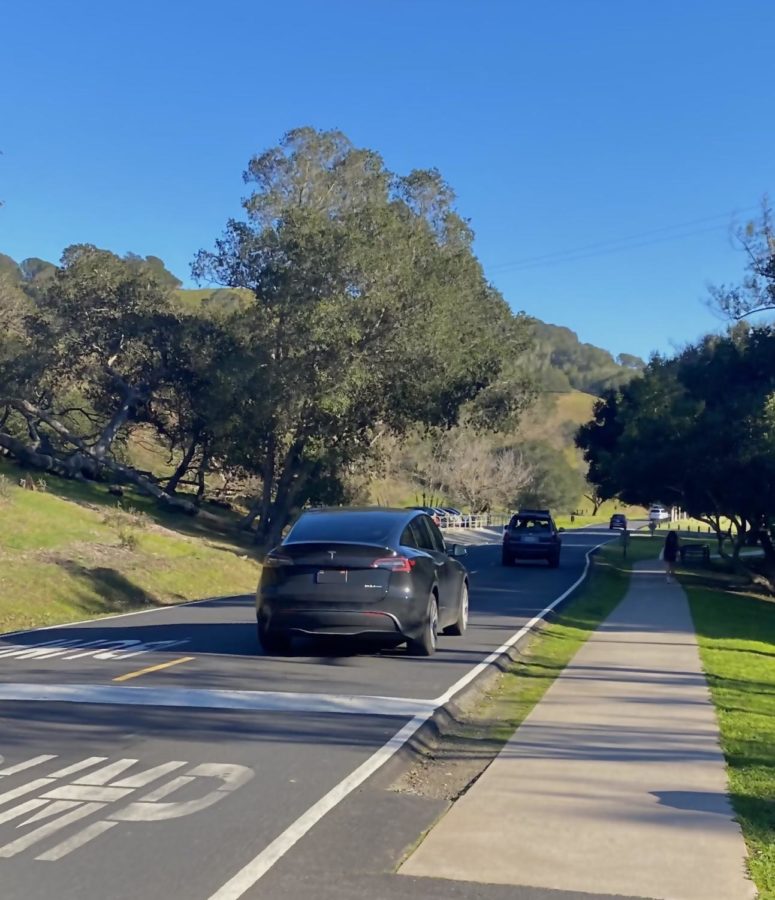Switching lanes to electric
February 7, 2023
An alien-like humming sound zooms past you. What is it? Not a spaceship, not a UFO. It’s a Tesla. And they’re everywhere.
Marin has more than 25 car dealerships, so the county has convenient access to every brand’s spin on the electric car.
Originally, car manufacturers started thinking about alternative-fuel vehicles during the gas shortages of the 1970s. These cars were unappealing to buyers because they were extremely slow and could hardly travel 40 miles without recharging.
The 1997 mass production of the Toyota Prius in Japan reintroduced the thought of alternative-fuel vehicles and evoked a wave of innovation in the rest of the world. Although the Prius still needed gas in tandem with its electric motor, it is still a trailblazer for electric vehicles today.
Now, technological advances in the car industry have made electric cars more popular than ever. With electric cars capable of reaching speeds of up to 110 miles per hour, they no longer have a sluggish status.
The climate crisis influences many Marinites to purchase electric cars. Along with the hopes of decreasing carbon emissions, drivers of Marin can be eligible for receiving up to $7,500 for owning an electric car.
Due to both positive benefits for the driver and the environment, electric cars have not only become a swift choice for Marin citizens, but also for San Domenico staff and students.
Mary Churchill, resident and science teacher at San Domenico, drives an electric Volkswagen. Churchill said she originally bought the car for “Environmental reasons.” She said, “The size [makes] it easy to park because it takes up less space.”
Churchill also mentions that she hopes that because the car is tiny, the lithium battery is smaller, and won’t produce as much non-recyclable waste. Lithium is a limited resource used in batteries to create renewable energy, but during lithium’s mining process the soil is harmed and the air is contaminated.
“It’s definitely got a lot of punch,” Churchill said, reveling in the surprising speed of the vehicle.
In addition to helping the environment, the Marin community is switching to electric cars because of their astonishing speed and to avoid paying inflating gas prices.
Similarly, Adam Casias, a science and math teacher at San Domenico, has a myriad of reasons for going electric. “One, it would make financial sense for us, two, it’s a really nice car that I’d love to have, and three, it’s great environmentally.”
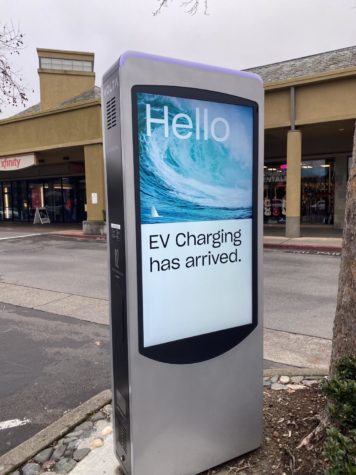
“We had to do the math… we determined that the monthly payment on a brand new Tesla, and the solar panels we installed in our house … was almost exactly the same amount we spent monthly on our 3-year-old Jeep,” Casias explained.
As gas prices increase, people who drive extremely long commutes are shifting to electric cars to stay as far away from gas stations as possible.
“Overtime we’re going to have less gasoline and … getting the gasoline–sourcing it—is really harmful to the environment, as is the lithium batteries,” Churchill mentioned.
As Churchill stated, it is unfortunate that the batteries of electric cars also have their problems. Although there are possibilities of lithium-ion batteries being recycled and given new life, the process is dangerous and very few recycling plants are specially trained to recycle them.
“I want us to think about what we can do: Are we recycling the batteries? Are there any other materials we can use besides lithium?” Churchill questioned.
Student electric car driver Jace Skinnel explains, “I think these cars reduce carbon emissions, but I also know there’s a lot of pollution from the factories that are making the electric cars so I’m not sure how much that balances out, if at all.”
Casias explained that all of the metals and minerals needed to make all types of cars and batteries have to be stripped from nature. “I know there’s a big push to start mining on the ocean floor… and if they do that it will destroy ocean-floor ecosystems. And it’s easy for us to say from the surface, ‘Oh, we’ll never see that.’ But everything is so interconnected it’s crazy. There’s a cost for everything we do.”
Although harvesting lithium for electric cars can be detrimental to our environment, Marin is choosing to switch to electric cars in hopes of healthier air. Gasoline cars are still the number one reason for pollution and greenhouse gasses in our atmosphere. As much as 95 percent of all carbon dioxide emissions come from motor vehicles. Dangerous amounts of pollution in the air made by cars can lead to health issues, such as asthma.
Many people are still wondering if electric cars are any better than gasoline cars for our environment. “I still feel like electric is better than the gasoline car,” Churchill said.
Engineers and scientists are still experimenting with possibilities for cleaner and more economical ways to drive. With California soon phasing out the production of new gasoline cars and enhancing electric automobile technology, there is hope we can continue to thrive on this planet with respect for our environment.



